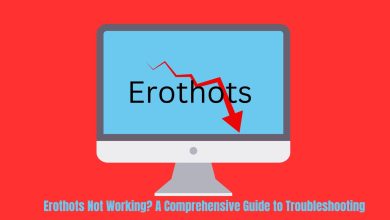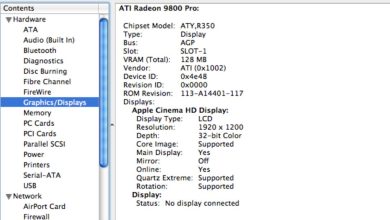How to Build a Product Filter UX Like Samsung’s Store

When browsing products online, users appreciate intuitive and responsive filtering systems. One of the most refined examples of this can be seen in Samsung’s online store. It connects user intent with relevant product attributes in a sleek, controlled user experience (UX). Creating a product filter UX like Samsung’s requires carefully planned components, visual feedback, and seamless responsiveness across devices.
Understanding Samsung’s Filter System
Samsung’s store exemplifies modern e-commerce design by prioritizing user interaction and product discoverability. The filter system is placed prominently, often as a collapsible left-hand panel or a top horizontal bar on mobile views, making it easily accessible without overwhelming users.
Their filter interface includes a range of options, including:
- Price range sliders
- Feature checklists (e.g., screen size, RAM, color)
- Multiple selection capabilities
- Real-time product count updates
Steps to Build a Similar Product Filter UX
1. Determine Key Product Attributes
Start by identifying which attributes are essential for filtering your products. Think like your customer: what specs or features would they most commonly use to make a purchase decision? For a tech catalog, these might include:
- Brand
- Price
- Specifications (battery life, processor type, RAM)
- Customer ratings
Tip: Avoid offering too many filter options up front. Consider using an “Advanced Filters” button to minimize visual noise.
2. Choose the Right Layout for Device Responsiveness
Samsung’s layout is smartly responsive. On desktops, filters appear in a sidebar. On mobile, they transform into an expandable overlay to avoid cluttering the smaller screen. This can be implemented using CSS media queries and flexible containers.
[ai-img]responsive web design, mobile layout, user experience[/ai-img]3. Enable Real-Time Filtering
When users select or deselect filters, the product list should update instantly without a full-page reload. This can be achieved using JavaScript frameworks like React or Vue.js paired with AJAX calls to dynamically fetch filtered data from the backend.
This boosts engagement by allowing users to experiment with different combinations without frustration caused by slow page loading.
4. Show Filter Tags and Easy Removal
Once a user selects a filter, it should be represented as a tag or bubble above the product grid. Samsung uses clickable tags that allow users to remove filters individually or clear all filter options in one go. This encourages users to explore more freely without fear of “locking in” their selections.
5. Use Product Count and Feedback
Samsung shows how many products will match based on the current filter set. This tiny UX detail massively helps in reducing dead ends, ensuring users don’t get stuck with zero results. Use conditional logic to gray out or hide filter options that become invalid with stacked filters.
Conclusion
Building a product filter experience like Samsung’s is not just about frontend design—it’s also about how well you sync the frontend with backend data processing. The final product should feel quick, clear, and intelligent, helping users feel in control while shopping.
By integrating real-time responsiveness, clear visual feedback, and mobile-optimized behavior, businesses can replicate the smooth filtering UX that Samsung customers enjoy daily.
Frequently Asked Questions (FAQ)
-
Q: What technologies should I use to build a filter like Samsung’s?
A: A combination of HTML, CSS (Flexbox/Grid, media queries), JavaScript (React, Vue, or Vanilla JS), and possibly a headless CMS or an API backend (like Node.js or Django) to handle data filtering efficiently. -
Q: How can I ensure filters don’t slow down my site?
A: Use asynchronous data requests (AJAX or Fetch API) and implement debounce functions to prevent multiple requests firing in rapid succession. -
Q: Should I offer users the ability to search within filters?
A: Yes, especially if you have dozens of filter values (like models or specifications). A mini search field within the filter can greatly enhance usability. -
Q: How important is accessibility in filter design?
A: Very. Use semantic HTML and ARIA labels to ensure screen readers and keyboard navigation can access and operate filter options smoothly.
Replicating Samsung’s product filter system takes time, testing, and optimization. But done right, it creates a user-centric experience that drives conversions and enhances satisfaction.



